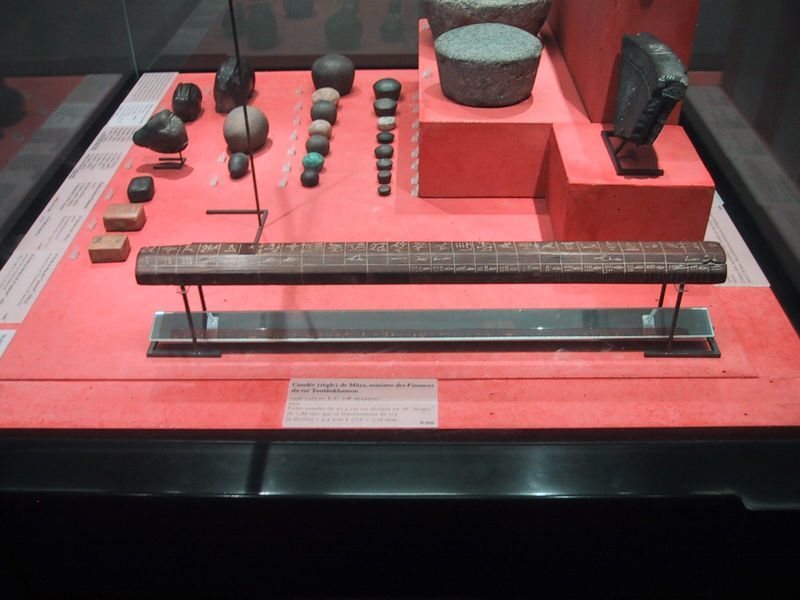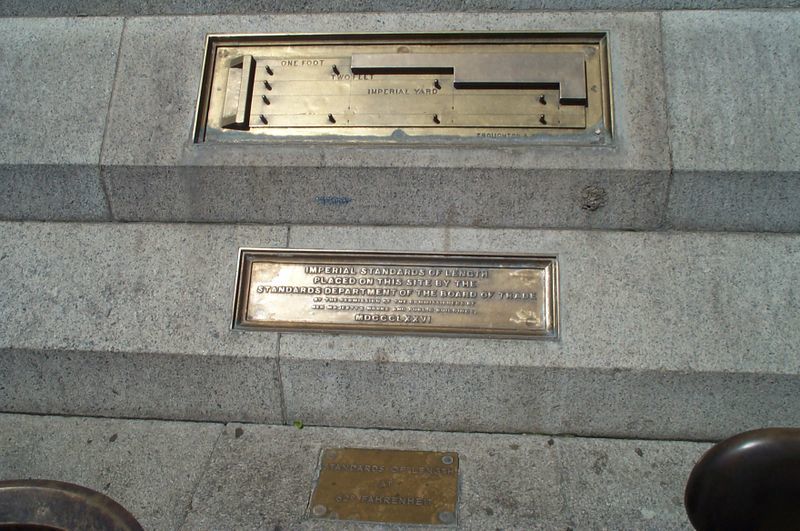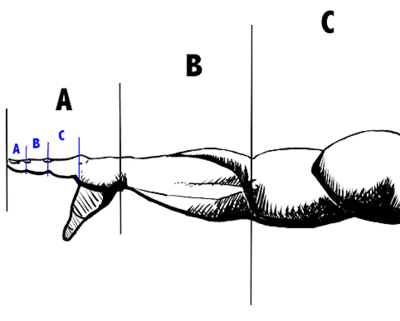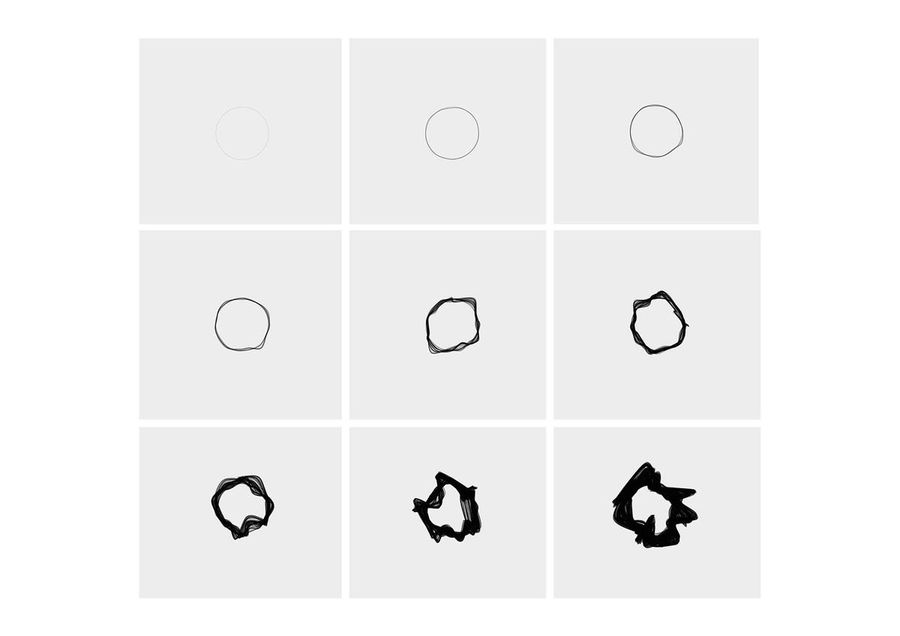User:TimReuser
Tim Reuser
0891980
Product Design
timreuser.nl
Project 1: On the body
Draw a body part and design an artifact for this specific part.
The body part I’ve chosen to draw was a hand. For me hands are such important body parts because the serve so many purposes; You can use them to pick something up, feel the shape of something, sense the properties of object, use them to give shape to something, etc.
After being put together in a group with Jeroen and Iikay we’ve discussed what the correlation was between each other’s drawings. As Jeroen had drawn finger and Iikay an arm, there was already an obvious connection their physical form. After some brainstorming and research, we decided that the most interesting reference for these body parts are that historically they have been used as tools for measuring and counting. Going back all the way to the antiquity where they used the measurement of their elbow to their fingertip known as a cubit. The cubit was employed as a tool for measuring in many parts of the world however, the size of a cubit was never the same among the course of history, as standardized cubits that have been found ranged up to centimeter from one another. In modern times, there is still a very obvious link between measurements and body parts. Within the imperial system of units (inch, foot, etc.) the use of body parts is still very evident, though the dimensions linked to these body parts have been generalized.
Cubit rod in the Museo Egizio of Turin, showing digit, palm, hand and fist lengths Source: internet, https://en.wikipedia.org/wiki/Cubit
Cubit rod of Maya, 1336-1327 BC (Eighteenth Dynasty) Source: internet, https://en.wikipedia.org/wiki/Cubit
Imperial standards of length 1876 in Trafalgar Square, London. Source: internet, https://en.wikipedia.org/wiki/Imperial_units#/media/File:Imperial_standards_of_length_1876_Trafalgar_Square.jpg
Self-made cubit. Representing the finger in orange, the hand in green and the elbow in red.
Elaboration on human measurements we came across the well-known Vitruvian man by renaissance artist Leonardo da Vinci. Him having drawn a man in perfect proportions led us to investigate if there was such a thing as a perfect rhythm between body parts. This became the base of our concept for our presentation as explained in the following:
The famous work “L'Uomo Vitruviano” by Renaissance artist Leonardo Da Vinci embodies the ideal human proportions according to rhythm and geometry in analogy to documentations of the ancient Roman architect Marcus Vitruvius, who used human scale as a reference for his constructions. Elaborating on these documentations Da Vinci depicts a man bounded by a square and a circle in which he should fit if his proportions are in harmony with those assumed as the ‘holy ratio’. Accordingly, the square and the circle became a symbol of the Renaissance and architects based their structures on these mathematic figures and dimensions in search for geometric perfection.
Inspired by this concept we engaged on a study aiming to find a ‘Vitruvian’ among us. By using 3D scanning and performing measurements we’ve collected data, which we then compared to the rhythm and geometry established by Da Vinci.
Palm width equals the width of four fingers
Cubit length equals the width of six palms
Body length equals the length of four cubits
Arm span equals the length of the body
Like the Vitruvian man of Da Vinci we have used a circle as a reference for the perfect proportion. The more the proportions of our subject divert from those specified by Da Vinci, the more distorted the circle becomes.






